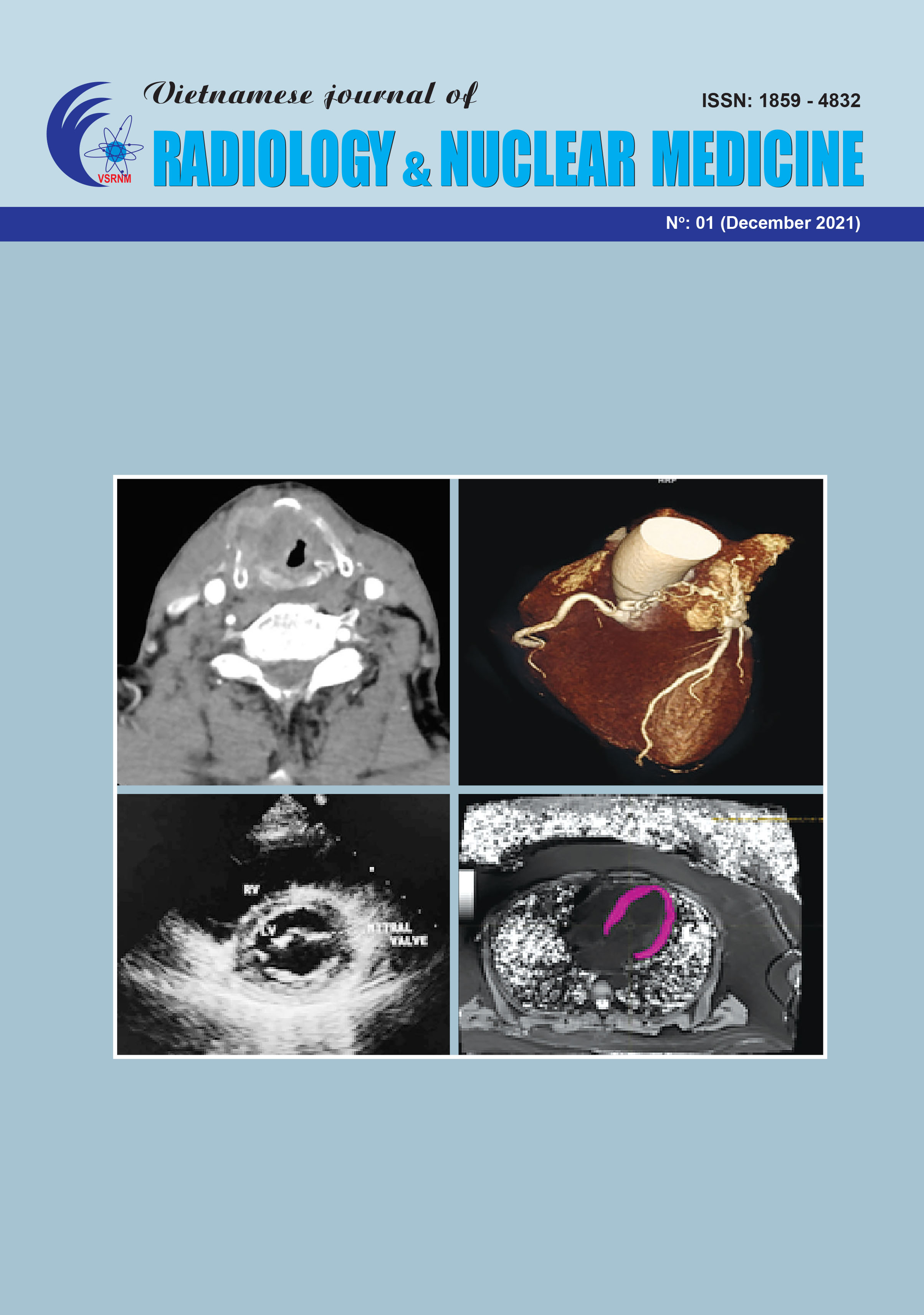99mTc-MAA SPECT/CT IMAGING FOR TREATMENT RESPONSE PREDICTION AFTER 90Y-RADIOEMBOLIZATION IN HCC PATIENTS: COMPARISON WITH POSTTREATMENT 90Y PET/CT
Tóm tắt
90Y PET/CT imaging is performed after radioembolization to re-evaluate the resin microsphere distribution and estimate the absorbed radiation dose of target tumor. However, the distribution of 90Y resin microsphere on PET/CT was different from that of 99mTc-MAA simulation and additive role of PET/CT was not well established until now. The purpose of our study is to validate the utility of 90Y PET/CT compared to SPECT/CT simulation in dosimetry and prediction of treatment response.
Material and method: Thirty-four consecutive HCC patients, intermediate and advanced stage who underwent 90Y resin microsphere transarterial embolization (TARE) were recruited in the study. Lung shunt fraction (LSF), tumor to-normal liver uptake ratio (TNr) and absorbed dose for target tumors were estimated on 99m Tc-MAA SPECT/CT and 90Y PET/ CT. The patients were followed up after treatment within 3 months (2.8 mo ± 0.84) on contrast- enhanced CT to assess treatment response using mRECIST criteria.
Results: The imaging characteristics of thrombosis uptake was better delineated on PET/CT imaging than SPECT/CT. The agreement and correlation of TNr on PET/CT and SPECT/CT were stronger. Dose delivery to tumor (Dtumor) threshold of 125 Gy estimated on 99mTc-MAA SPECT/CT was more accurate than PET/CT for prediction of treatment response after 90Y-radioembolization in HCC patients with sensitivity of 87.5% and specificity of 90%.
Conclusions: 99mTc-MAA SPECT/CT is superior to PET/CT to predict treatment response after 90Y resin microsphere treatment.

